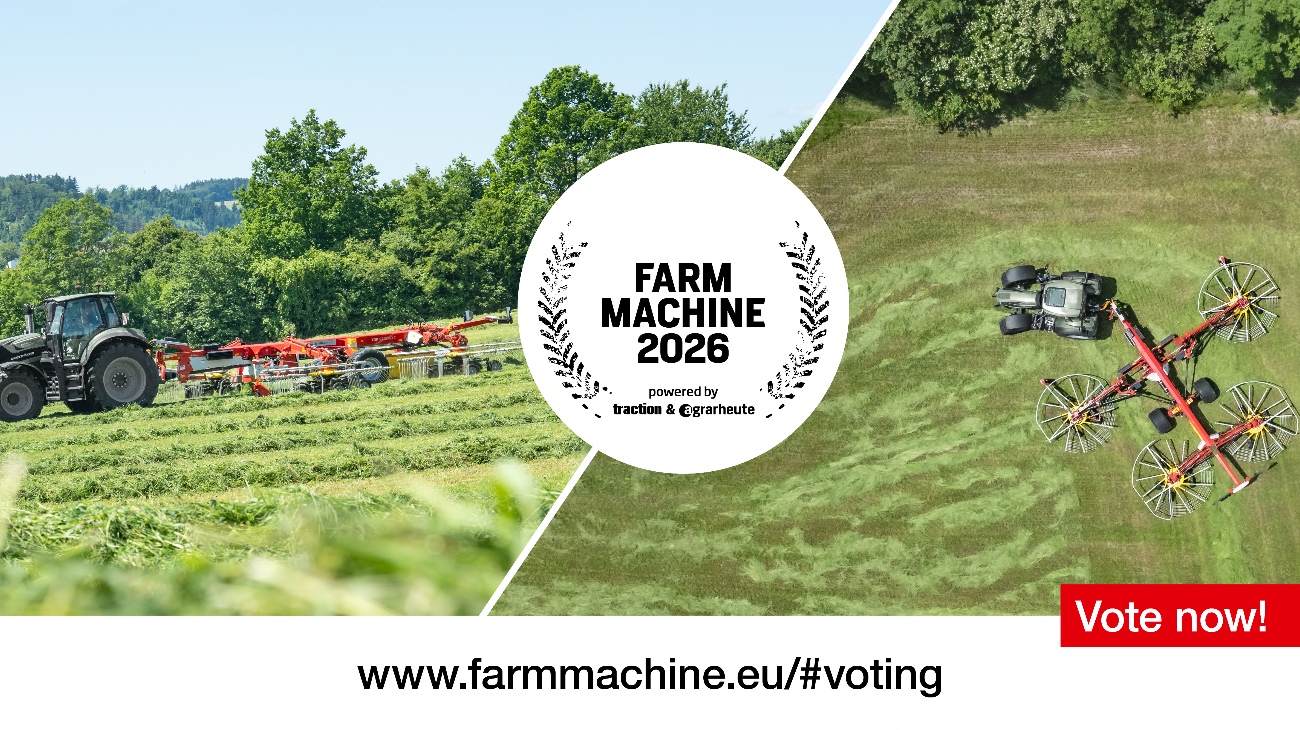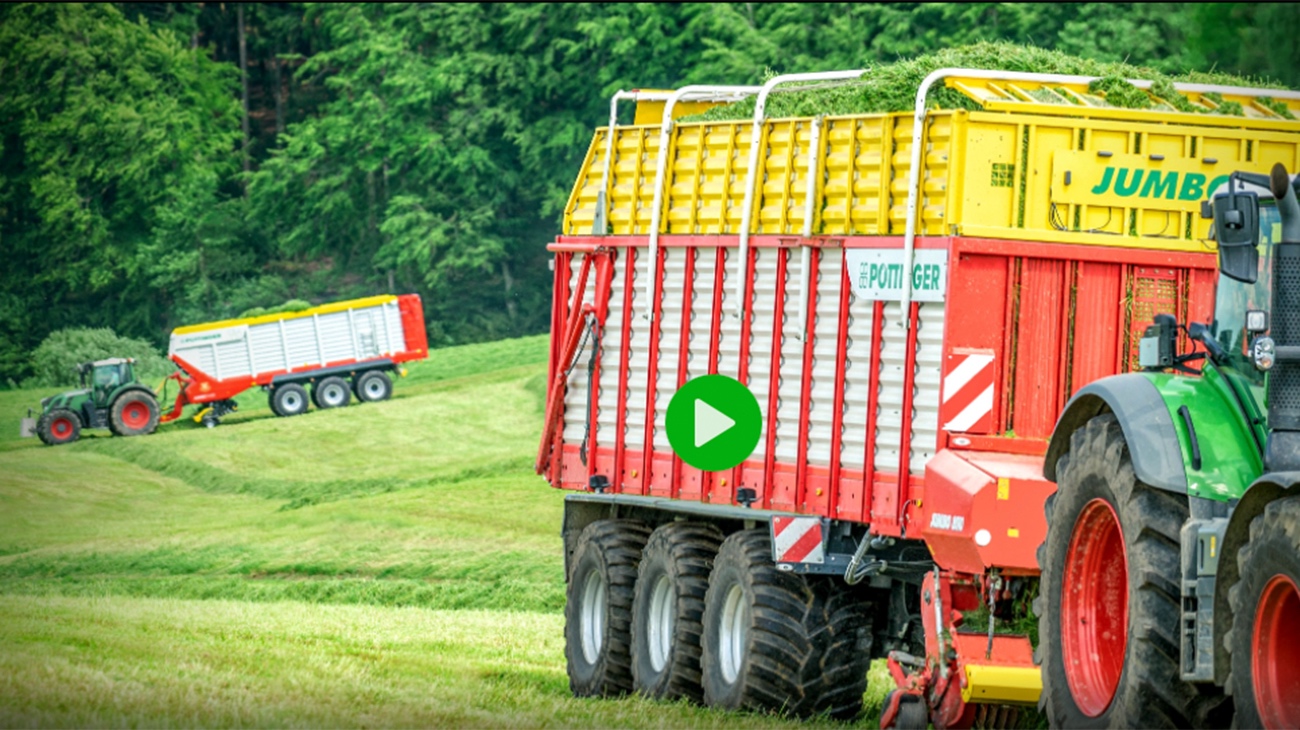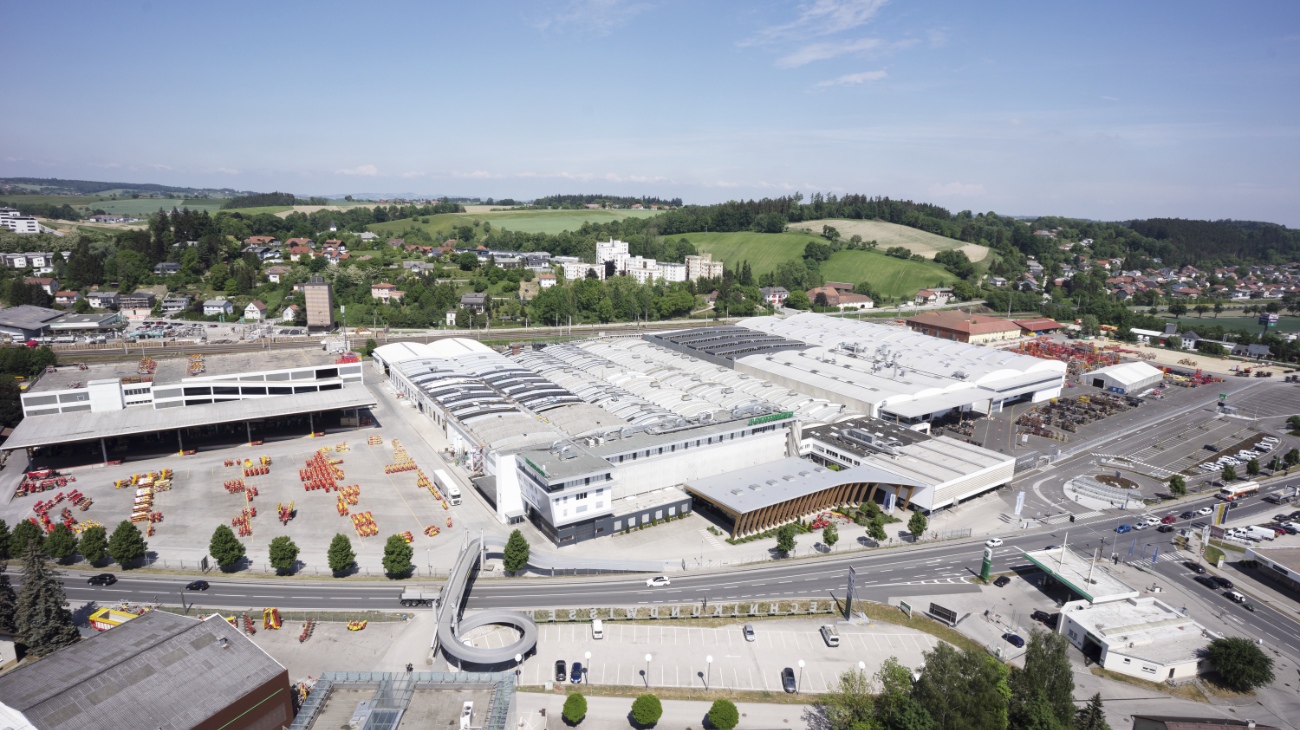Neuer Pöttinger-Internet-Auftritt
Homepage neu in Design und Technik
Der neue Pöttinger-Internet-Auftritt sieht noch besser aus und kann wesentlich mehr. Wir haben die Optik und die Benutzerfreundlichkeit noch mehr verbessert. Mit mehr als 100 Videos haben wir diesem wichtigen Medium mehr Raum gegeben. Um noch besser auf die Erfordernisse der verschiedenen Märkte eingehen zu können, wurde von Sprachauswahl auf Länderwahl umgestellt. Sie müssen bei Ihrem ersten Besuch nur Ihr Land wählen und beim neuerlichen Einstieg kommen Sie dann automatisch auf Ihre Länderseite.
"Responsive Design", also Anpassung an sämtliche Bildschirmgrößen (PC, Laptop, Tablet, Smartphone usw.) war das unbedingte Muss. Der neue Webauftritt ist aktuell, umfassend und übersichtlich mit laufend neuen Meldungen und Bildern. Klare und saubere Gestaltung machen das Navigieren zum Kinderspiel. Viel Platz haben wir geschaffen für Informationen zu den Produkten Service und Ersatzteile, den Karrieremöglichkeiten aber auch zum Unternehmen.
Gestartet haben wir mit Österreich, Deutschland, Schweiz deutsch, International deutsch, Irland, United Kingdom, Canada (EN), Central&South America, USA, Australia, New Zealand, Africa (EN), International (EN).
Wir freuen uns auf Ihren Besuch auf www.poettinger.at.



